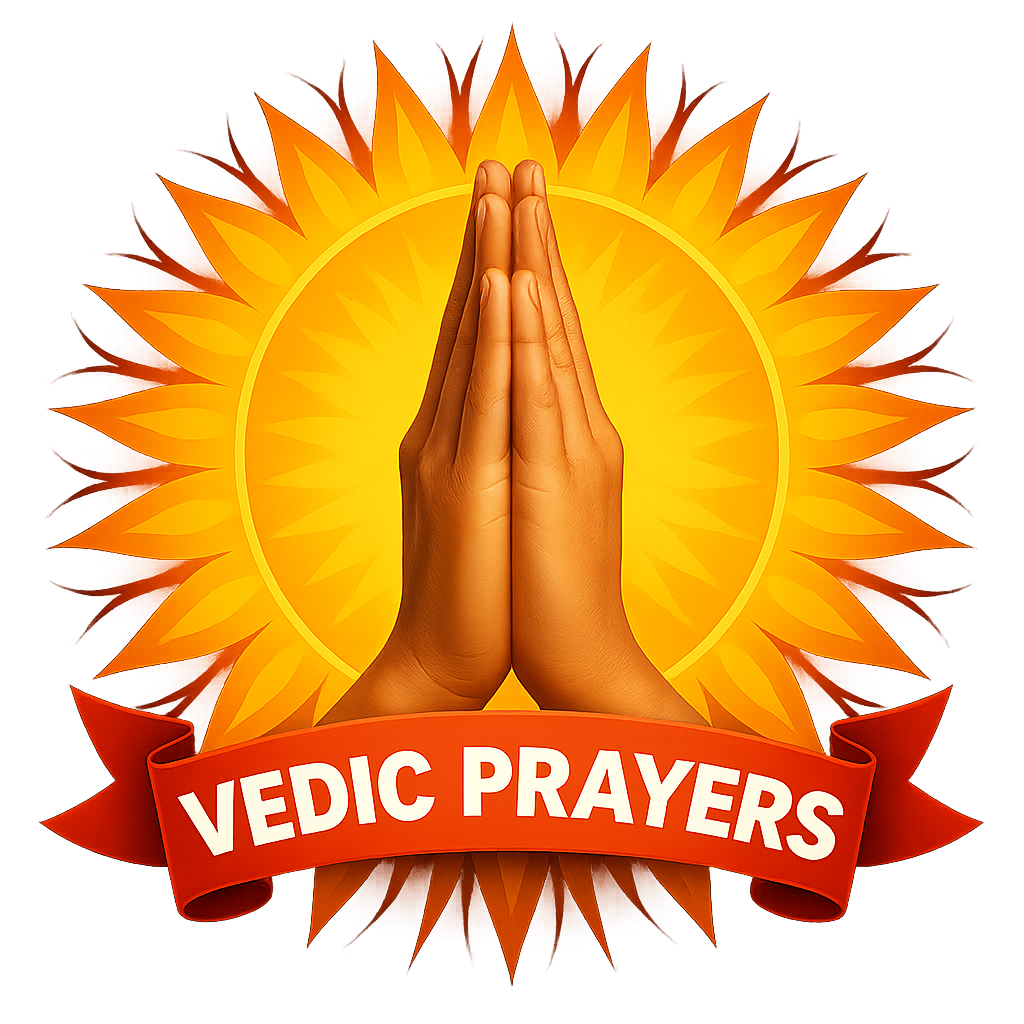
India is a land of festivals. Each festival has its own special significance and purpose. Among them, one of the most celebrated festivals is Ganesh Chaturthi, observed as the birth anniversary of Lord Ganesha, the remover of obstacles. Falling on the fourth day (Chaturthi) of the bright fortnight (Shukla Paksha) in the month of Bhadrapada, this festival is celebrated with great devotion and enthusiasm, especially in Maharashtra, Goa, Karnataka, Andhra Pradesh, and Gujarat. Today, it is not only observed across India but also celebrated with grandeur by Indian communities living abroad.
Why is Ganesh Chaturthi Celebrated?
Birth Anniversary of Lord Ganesha
According to belief, Lord Ganesha was born on this day. Goddess Parvati created Ganesha out of the sandal paste from her body and appointed him as her doorkeeper. When Lord Shiva returned home, Ganesha refused to let him enter. Angered, Shiva severed his head. Later, upon seeing Goddess Parvati’s grief and anger, Shiva revived Ganesha by placing the head of an elephant on his body, granting him new life. From that day, he became known as Gajanan (the elephant-headed one).
Vighnaharta (Remover of Obstacles) and Mangalkarta (Bestower of Prosperity)
Lord Ganesha is worshipped as the remover of obstacles (Vighnaharta) and the giver of success (Siddhidata). Every auspicious occasion begins with the worship of Lord Ganesha. This is why Ganesh Chaturthi is believed to bring happiness, prosperity, and good fortune into people’s lives.
Historical Significance
Historians note that Lokmanya Bal Gangadhar Tilak popularized Ganesh Chaturthi as a public festival during the British era. His aim was to unite people, strengthen the spirit of nationalism, and spread the message of social unity. Since then, the festival has been celebrated publicly with grandeur.
Ganesh Aarti (Prayer)
- Jai Ganesh, Jai Ganesh, Jai Ganesh Deva,
Mata Jaki Parvati, Pita Mahadeva.
Meaning: Glory to Lord Ganesha, son of Goddess Parvati and Lord Shiva. We bow in reverence to you.
- Ekadant Dayavant Char Bhuja Dhari,
Mastak Sindoor Sohe, Moose Ki Sawari.
Meaning: Lord Ganesha, the one-tusked merciful deity, with four arms, adorned with sindoor on his forehead, and riding on his mouse vehicle.….Read more
How is Ganesh Chaturthi Celebrated?
Ganesh Chaturthi is celebrated for 10 days, known as the Ganesh Mahotsav. It begins on Chaturthi and ends on Anant Chaturdashi. Here is how people celebrate it:
1. Installation of Ganesha Idol
- On Chaturthi, idols of Lord Ganesha are installed in homes and public pandals.
- The idol is beautifully decorated and placed on a sanctified seat draped with red or yellow cloth.
- Public pandals showcase grand and artistic idols with magnificent decorations.
2. Daily Worship of Ganesha
- Devotees perform aarti and prayers every morning and evening.
- The atmosphere is filled with the sound of mantras, conch shells, bells, and devotional songs.
- Special offerings include durva (grass), modak (sweet dumplings), coconut, flowers, sandalwood, incense, and lamps.
3. Importance of Fasting
Many devotees observe a fast (vrat) on this day for prosperity, children, and removal of obstacles.
- Devotees take a bath, wear clean clothes, and remain on a fast throughout the day.
- In the evening, after Ganesha’s aarti, they consume fruits or light food.
4. Offerings and Prasad
- Lord Ganesha’s favorite sweet is modak. Every day, devotees offer modak, laddoos, coconut, and jaggery.
- In Maharashtra, Ukadiche Modak (steamed rice flour modaks) are prepared specially.
- Families also prepare a variety of dishes to distribute as prasad among relatives and neighbors.
5. Cultural Programs
During Ganesh Mahotsav in public pandals:
- Devotional songs, plays, cultural performances, folk dances, and night-long bhajans are organized.
- Messages of unity, harmony, and social welfare are spread.
6. Visarjan (Immersion on Anant Chaturdashi)
- On the final day, idols of Lord Ganesha are immersed in water bodies like rivers, lakes, or the sea.
- Devotees carry out grand processions with singing, dancing, and chanting:
“Ganpati Bappa Morya, Pudhchya Varshi Lavkar Ya!” (O Lord Ganesha, come back again soon next year!) - The farewell is a mix of joy and sadness, as devotees bid adieu with the hope of his return.
Ganesh Chaturthi in Modern Times
- Today, Ganesh Chaturthi is not just a religious festival but also a social and cultural event.
- The trend of eco-friendly Ganesha idols is growing to protect the environment.
- Indians abroad also celebrate by organizing Ganesh pandals in their communities.
- Social media and digital platforms have further globalized the spirit of Ganesh Utsav.
Spiritual Significance of Ganesh Chaturthi
- The festival teaches us devotion, discipline, and dedication.
- Ganesha’s large head symbolizes wisdom and big thinking.
- His small eyes represent focus, and his large ears encourage listening patiently.
- His elephant-like form reminds us of patience, strength, and calmness.
- The festival inspires people to remove negativity and embrace positivity in life.
Ganesh Chaturthi is not only a religious festival but also a symbol of faith, unity, and enthusiasm. Lord Ganesha, the remover of obstacles and bestower of prosperity, brings new energy and happiness into every household. Though immersion day is emotional, it is filled with the hope that Lord Ganesha will return next year to bless his devotees again with prosperity and joy.
















